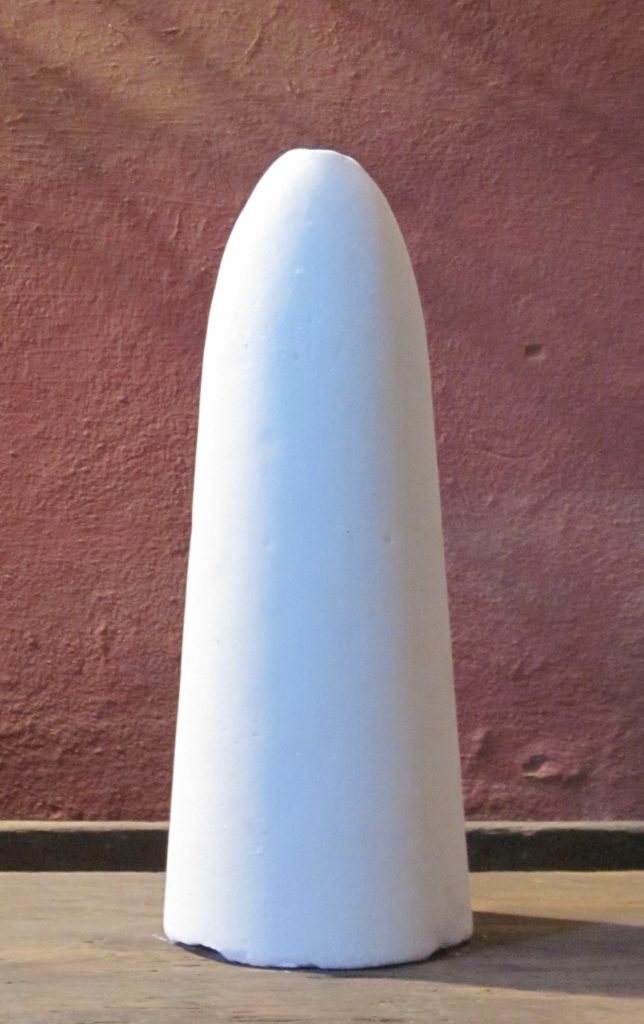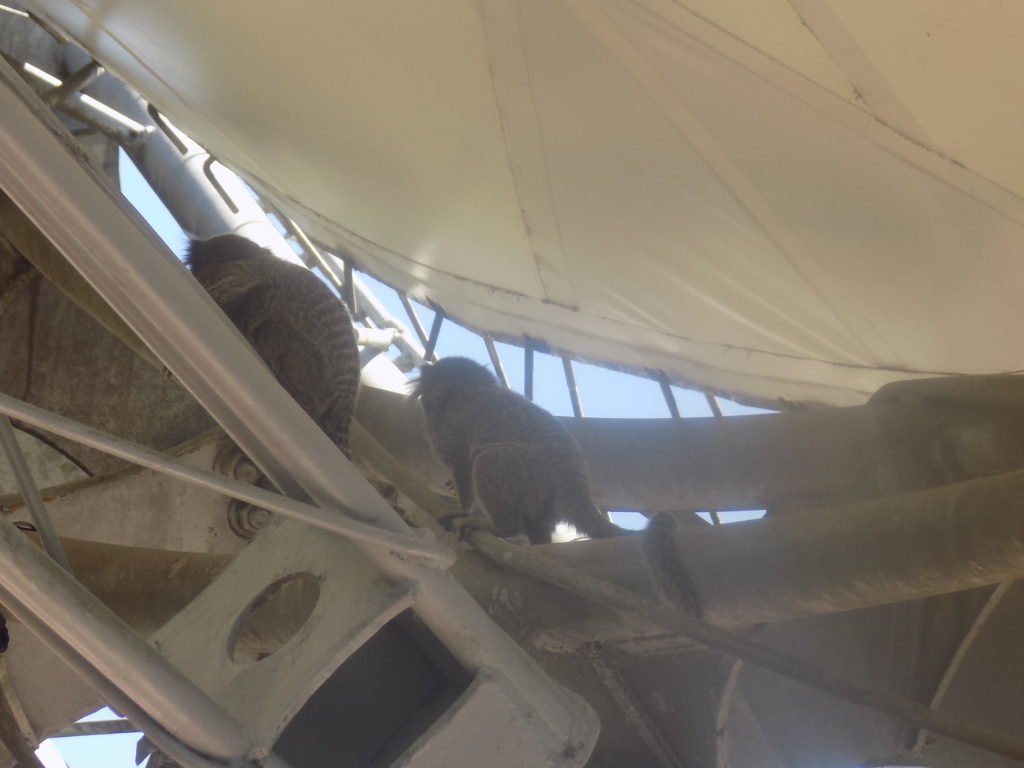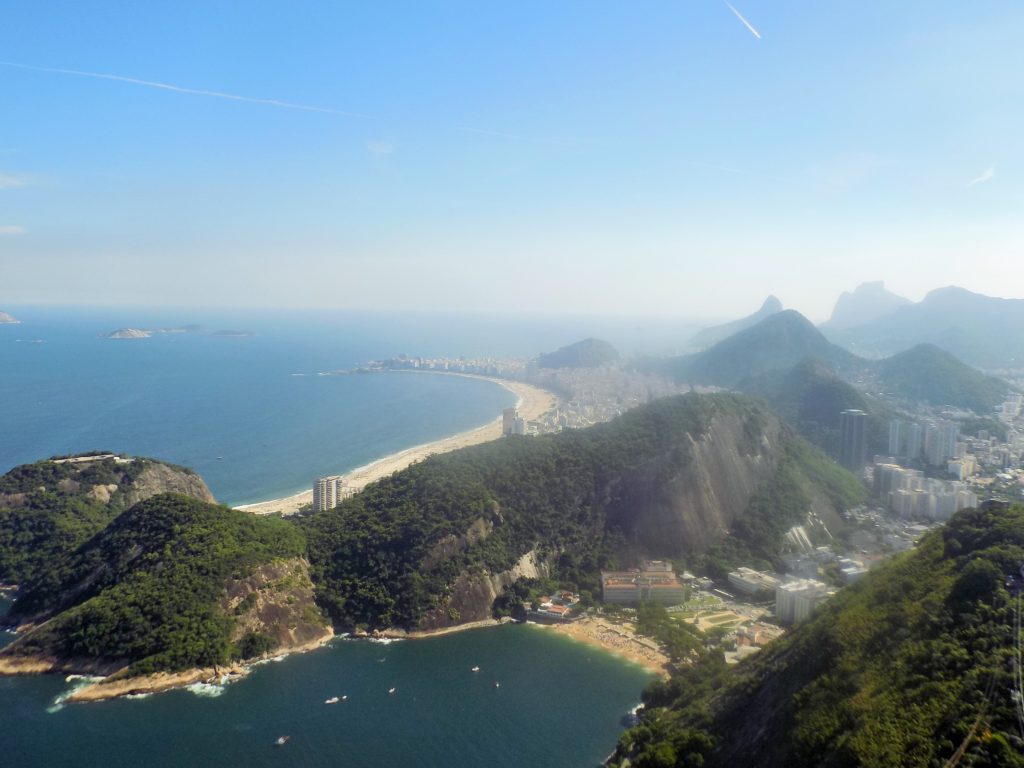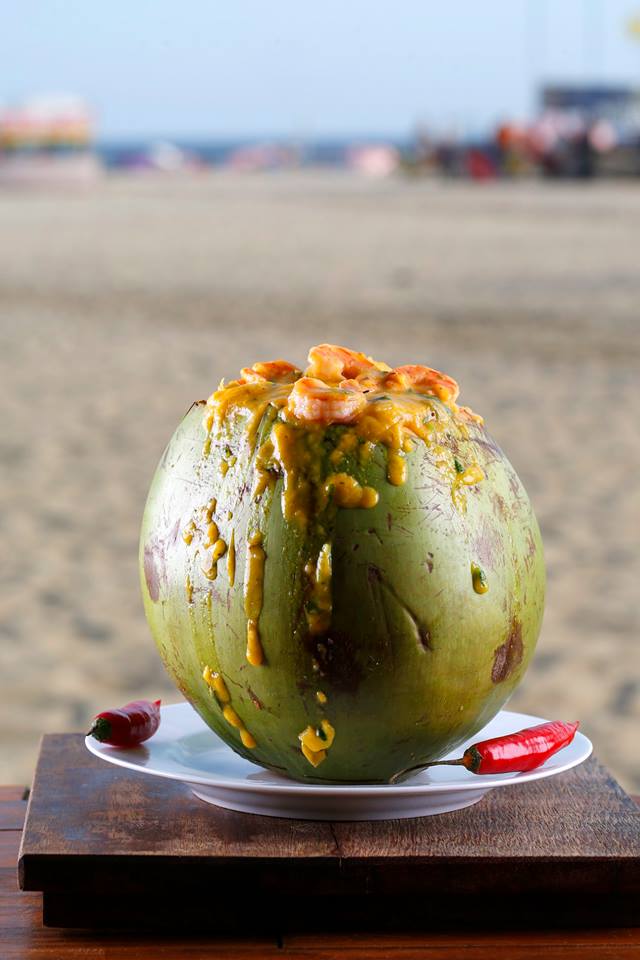Pão de Açúcar at last.
After visiting the Selarón Steps – which I was the only one to climb – we headed off to the literal high point of the day – the iconic Pão de Açúcar. The great 396-meter bornhardt began to rise above the Earth’s crust some 600 million years ago and drifted west with South America through its continental divorce with Africa.
In addition to its geological importance, Pão de Açúcar has historical importance as the spot where Estacio de Sa founded the city of São Sebastião do Rio de Janeiro or the city of Saint Sebastian in Rio de Janeiro on 1 March 1565. You may recall that the Portuguese sailed into Guanabara Bay on 1 January 1502 but for more than half a century the Europeans paid little attention to the territory leaving it in the hands of the indigenous tribes – Tupi, Puri, and Nak-nanuk.
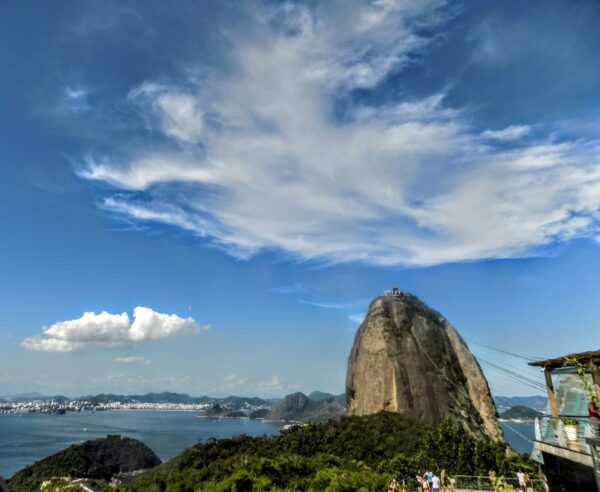
It was, in fact, the French who established the first permanent European presence in Guanabara Bay when 500 colonists under the Admiral Nicolas Durand de Villegaignon settled on one of the outer islands now called Villegaignon Island where they also built a fort in 1555. Within a decade, the Portuguese returned and ousted the French.
Still, the new city remained something of a backwater. Sugar served as its main export until the beginning of the 18th century when Portuguese fortune hunters from the São Paulo region discovered gold and diamonds in what is now the state of Minas Gerais and the Portuguese presence in Brazil grew in imperial importance. In 1763, Portugal moved its colonial administration in Portuguese America from Salvador (more than 1,000 kilometers north) to Rio de Janeiro.
The city gained even greater importance in 1808 when the Portuguese royal family transferred the kingdom’s capital to Rio de Janeiro making it the only European capital outside mainland Europe. Like the royal family, most of the court’s associated Lisbon nobles also relocated to Rio where they could watch safely from afar as Napoléon built his own empire.
Regarding the mountain itself, there seems to be general agreement about the origin of its name which arose in the 16th century when Rio was a global center for trade in sugarcane. Prior to transport, blocks of refined sugar were placed in molds that were shaped similarly enough to the mountain in Guanabara Bay to inspire the formation’s moniker.
[Photo of a sugar mold by Petr Adam Dohnhálek from Wikimedia Commons.]
While it’s likely that bold individuals have scaled Sugarloaf (as Charles Darwin did) for centuries, it didn’t become a tourist attraction of any import until 1912 with the construction of the aerial tram. With cars originally fashioned from wood, this cable car was the first of its kind in Brazil. The system was updated in 1972 and again in 2008.
Today, tourists have three ways to access the top of the mountain. Most tourists opt to take the cable car combination that begins in Urca, stops at the smaller peak of Morro da Urca, and connects to a second aerial tram that lifts passengers to the top of the mountain. Fitter folks with enough of a sense of adventure can forgo the first cable car ride and hike up the trail to the top of Morro da Urca and take only a single cable car ride. The most adventurous can complete the ascent to the top of Pão de Açúcar itself along one of 40 routes that could be described as ranging in difficulty from “you probably need some climbing experience” to “you better be an excellent rock climber.” Climbers on either mountain will find themselves in the company of marmosets and varied species of lizards, butterflies, and birds. Our group took the combination ride and stopped for a light lunch on the smaller peak. We didn’t need to make the climb to see wildlife as we watched marmosets scurry above us.
We also spotted birds and the occasional butterfly. (Sadly, I have no photos of these.)
For those who skipped the photo album, the views from the top of the mountain
are worth the trip.
Wrapping up the day.
Jan and Jill decided to join me for dinner at Aconchega Carioca a restaurant I’d read about in preparation for this trip and that was reputed to have the best authentic Brazilian food in Rio. The restaurant was a short ride by taxi from our hotel in Copacabana to the Leblon neighborhood just east of Ipanema. (For those who want to envision the beaches from west to east – Copacabana, Ipanema, Leblon.) I don’t recall what Jan ordered but I do remember thinking she was less than pleased. Jill and I shared a dish whose name I don’t recall but I did find this photo of it on Facebook:.
As someone who tends to limit my intake of hard liquor, I wasn’t quite ready to join Jill who enjoyed a caipirinha – considered Brazil’s national cocktail. I ordered a Paulistânia – an average American style lager brewed locally.
I enjoyed the subtlety of the flavors in the dish I shared with Jill but was a bit disappointed that the food didn’t memorably cap off a memorable day for all of us. The cab ride back to the hotel was a different story. In fact, so notable was this cab ride that I considered it as the title for this post in its original length form but instead used it as the subtitle for this entry.
We walked a block or so from the restaurant and hailed a cab. Shortly after setting out the driver asked us what sort of music we enjoyed. During Carnaval in Rio there’s only one suitable reply: samba. (At other times, bossa nova would be quite acceptable.) Not only did our driver use his mobile phone to pull up a selection of the most current sambas, but he enthusiastically sang along with them even when he didn’t know the words. By the time we reached the hotel, the three of us were all smiles.
